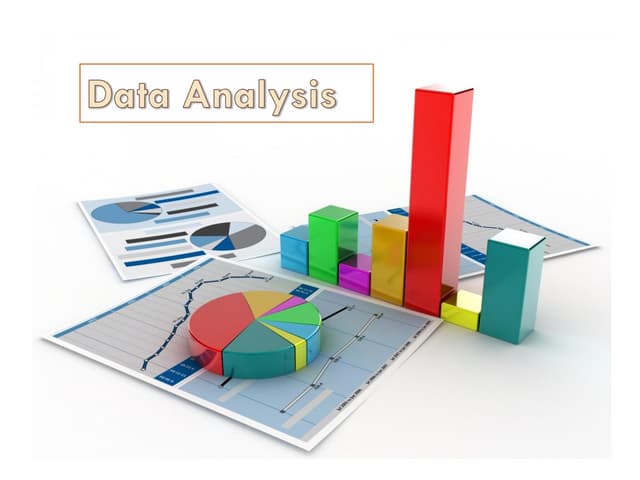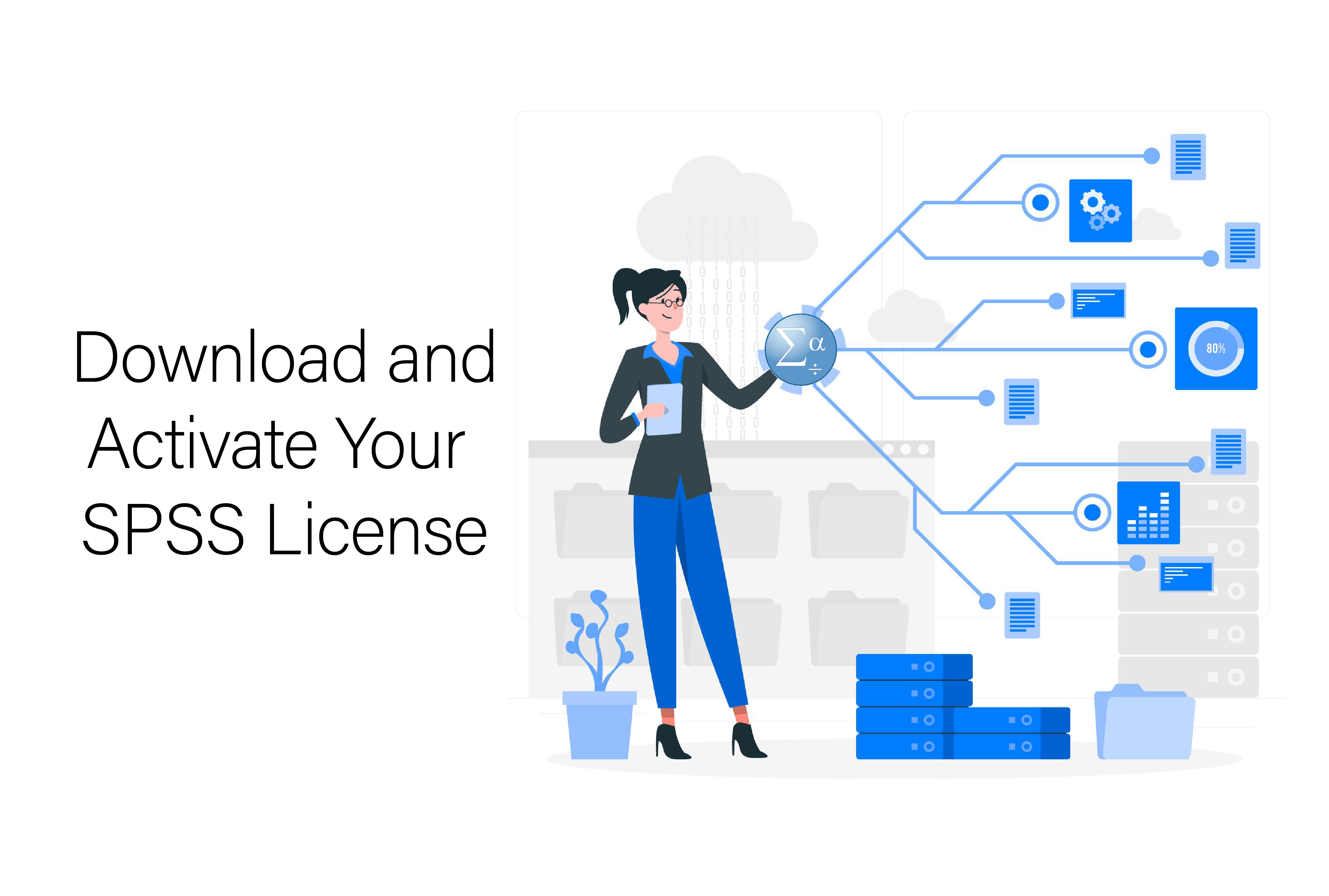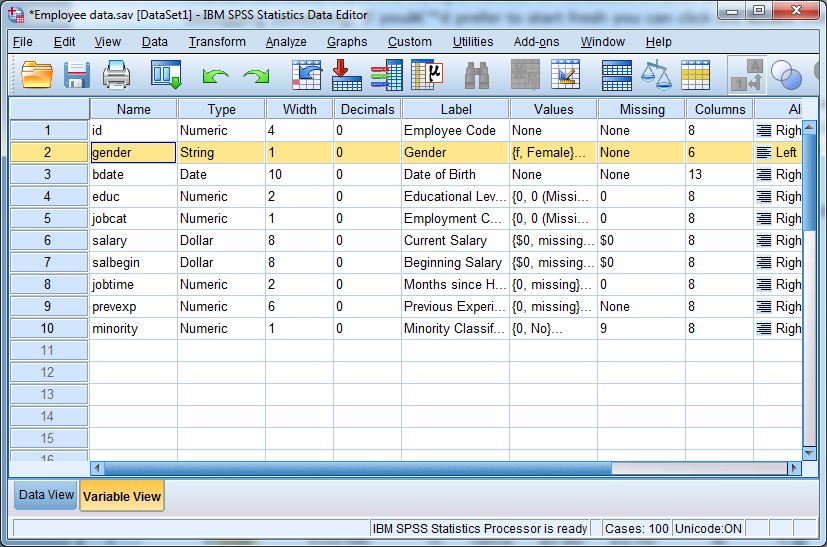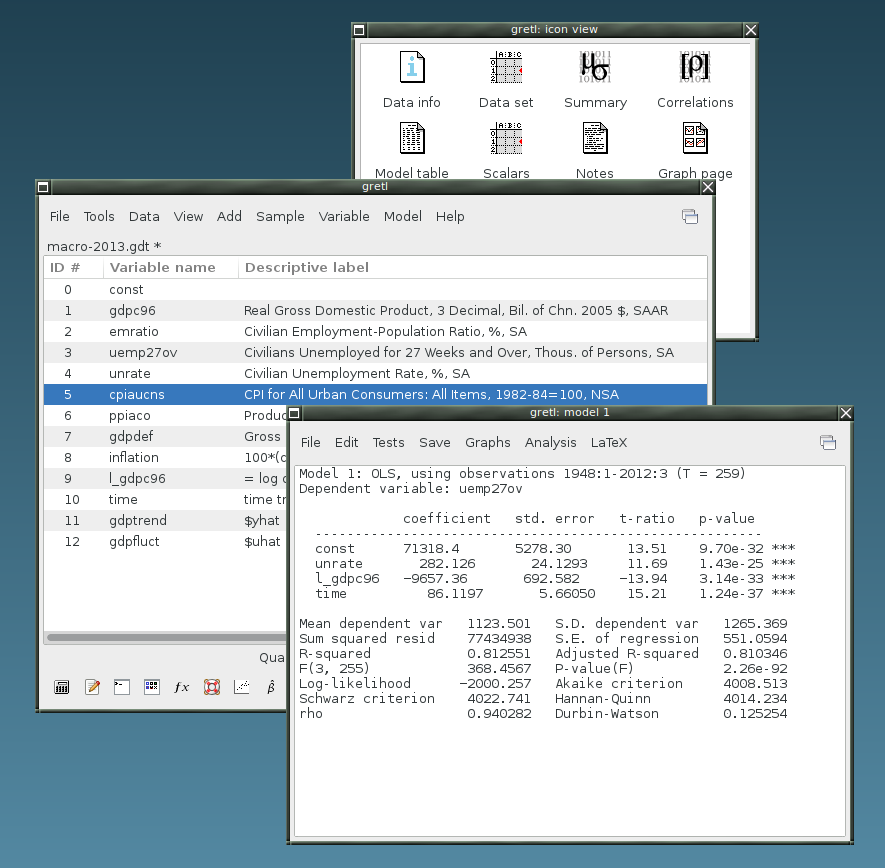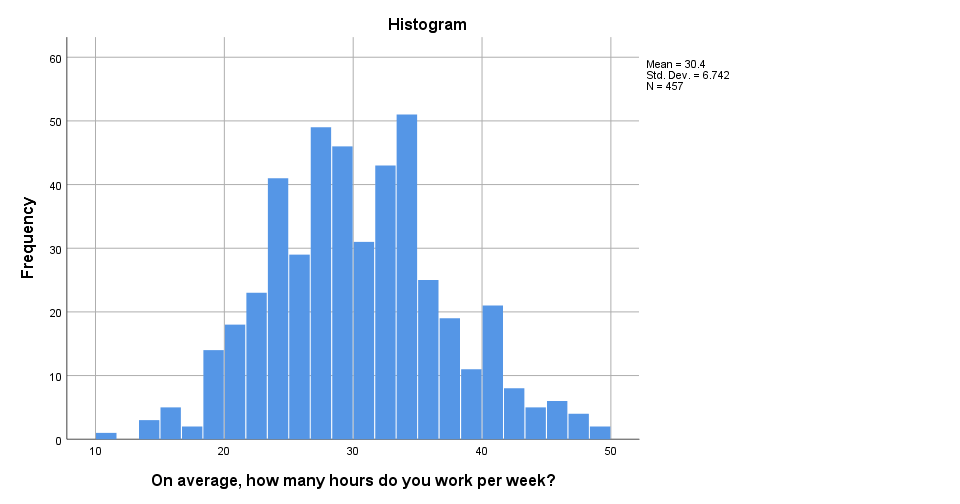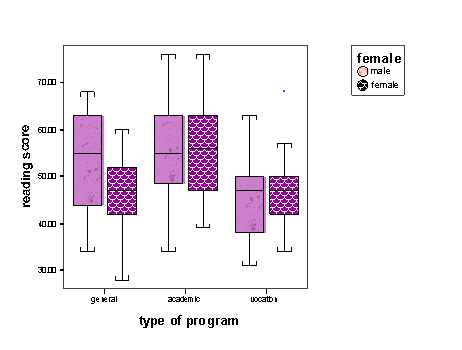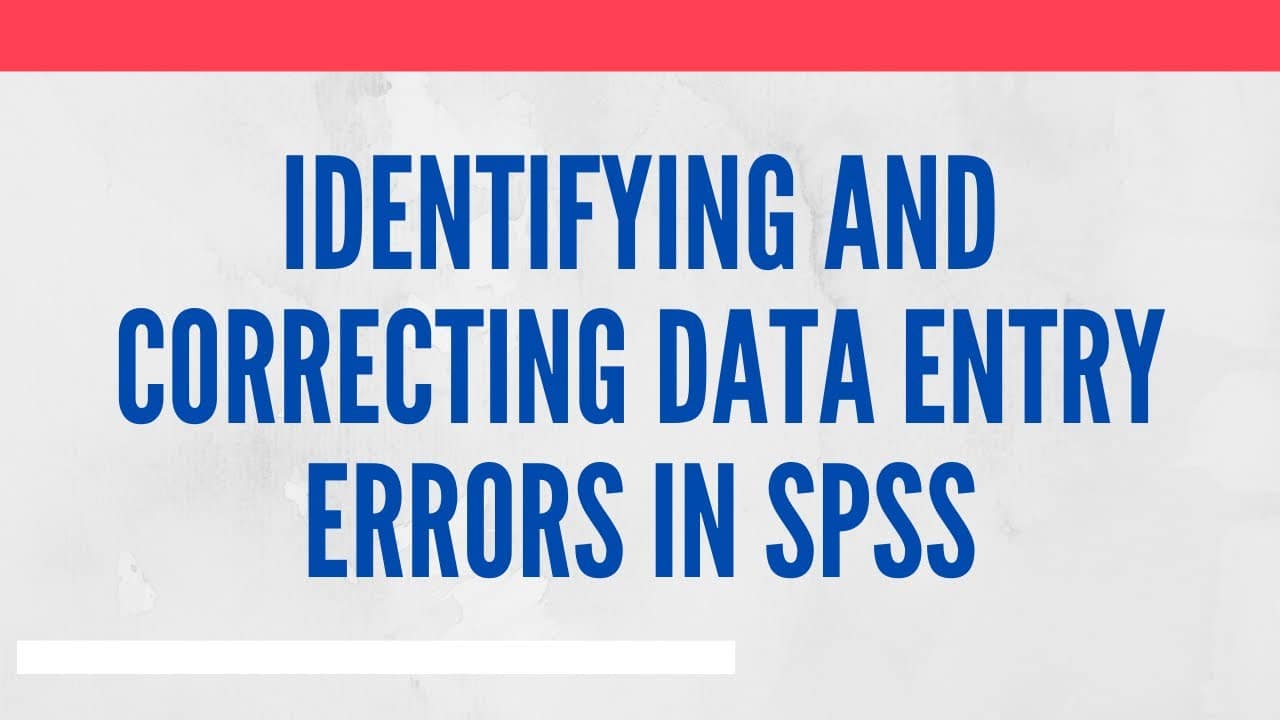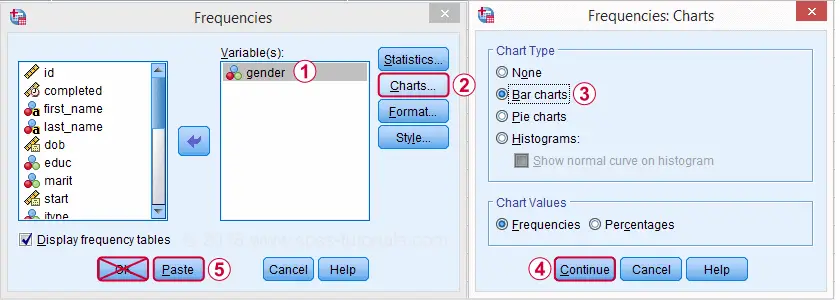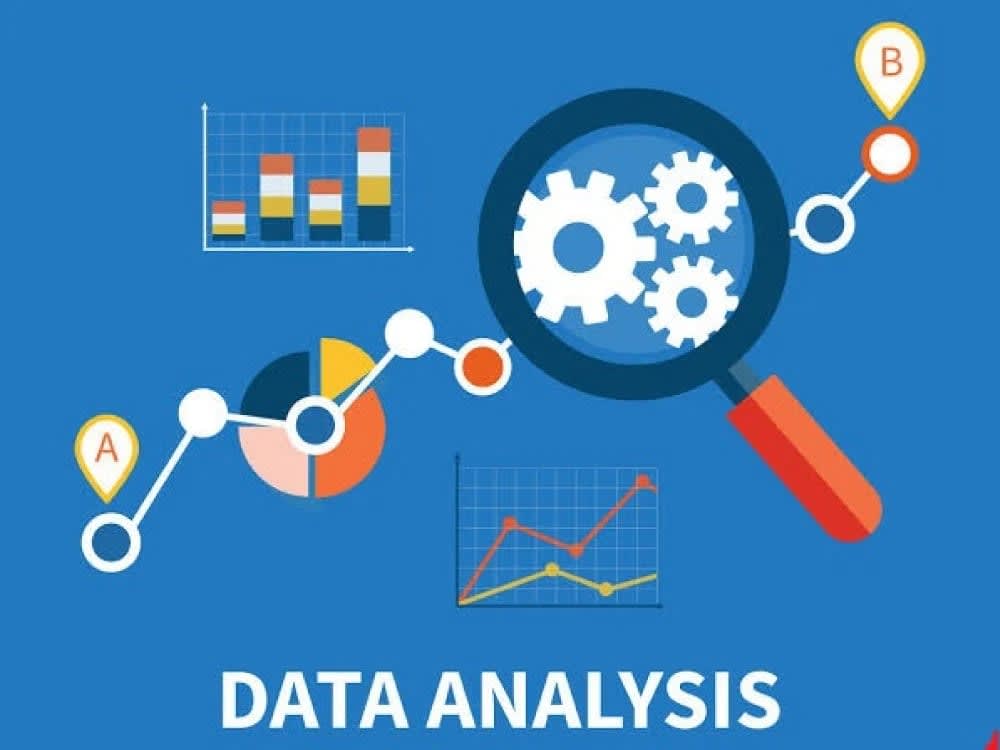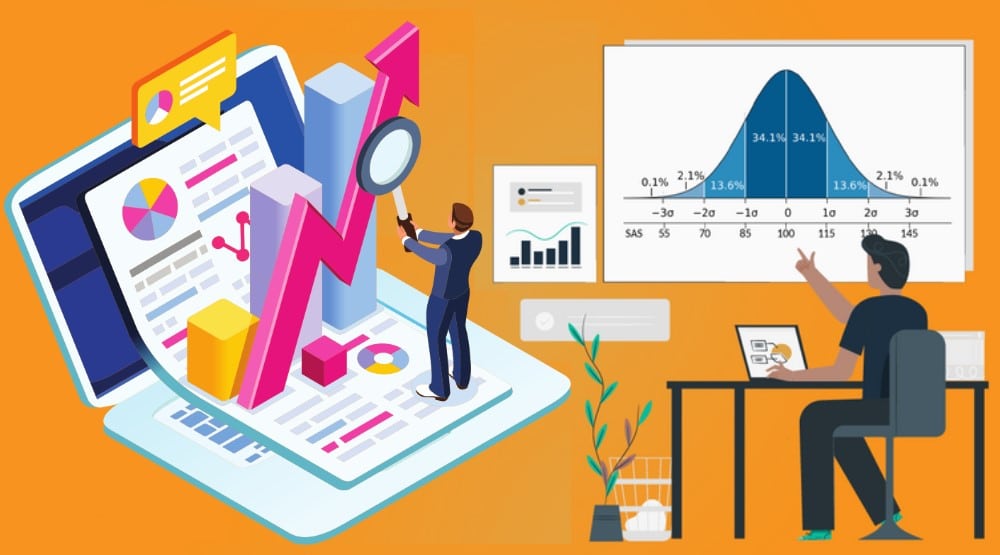SPSS Training|2025
/in SPSS Articles /by BesttutorStatistical analysis is a crucial aspect of research in various fields such as psychology, medicine, economics, social sciences, and business. SPSS (Statistical Package for the Social Sciences) is one of the most widely used tools for statistical analysis. The program provides users with an intuitive interface for performing complex statistical procedures, ranging from simple descriptive statistics to advanced multivariate analysis. Despite its usefulness, many researchers and students experience challenges in using SPSS effectively due to a lack of formal training. This paper discusses the implications of the lack of SPSS training, with a focus on the consequences, available resources, and potential solutions. The paper also addresses the role of free online resources and formal SPSS courses in alleviating this issue.
The Importance of SPSS in Research
SPSS is a powerful software suite for conducting statistical analysis and is widely used in academic and research institutions. Its ability to perform a wide array of statistical tests, including t-tests, chi-square tests, regression analysis, and factor analysis, makes it a versatile tool for both beginners and advanced users. Researchers often use SPSS for tasks such as data entry, data cleaning, data management, and the visualization of results. As a result, proficiency in SPSS is highly valuable for students and professionals pursuing careers in research-intensive fields.
However, learning how to use SPSS effectively requires not only familiarity with the software but also a solid understanding of statistical principles. A lack of SPSS training can hinder the research process, leading to errors in analysis, misinterpretation of results, and inefficient use of time. The inability to fully utilize the capabilities of SPSS can also prevent researchers from reaching valid conclusions and effectively communicating their findings.
Lack of SPSS Training: An Overview
One of the key challenges faced by individuals in using SPSS is the lack of formal training. While SPSS offers a user-friendly interface, it can still be complex for beginners. Many students and researchers encounter difficulties in navigating the software’s various functions, especially when they are unfamiliar with statistical methods. The gap in training can be attributed to several factors, including limited access to educational resources, a lack of structured courses, and the fast-paced nature of academic and professional environments.
Limited Access to Educational Resources
One of the main reasons for the lack of SPSS training is the limited access to formal educational resources. Many institutions do not offer dedicated SPSS courses as part of their curriculum. Students often rely on textbooks, online tutorials, or peer guidance to learn the software on their own. This self-directed learning can be difficult for beginners, as there is no structured path to acquiring the necessary skills.
Furthermore, while there are a variety of books and online resources available, they may not provide comprehensive coverage of all SPSS functions or statistical techniques. A lack of a detailed and consistent curriculum for learning SPSS often results in users having gaps in their knowledge, leading to suboptimal use of the software.
Lack of Awareness of Available Resources
Another contributing factor is the lack of awareness among students and researchers about the availability of free resources for learning SPSS. While some institutions may offer limited training sessions or workshops, they may not cover the full range of SPSS features. As a result, many individuals are unaware of the free SPSS training PDFs, manuals, and online courses that can help them become proficient in using the software.
The internet has an abundance of free SPSS resources, such as training manuals, tutorials, and video courses. However, these resources are often scattered across different platforms, making it difficult for users to find comprehensive materials that suit their learning needs. Moreover, without a structured training program, learners may struggle to progress from basic tasks to more advanced statistical analyses.
Free and Online SPSS Training Resources
Despite the lack of formal training options in some academic and professional settings, there are numerous free resources available online for individuals seeking to learn SPSS. These resources can help bridge the gap for those who are unable to attend formal courses or workshops. The following sections explore some of the most popular types of free SPSS training resources, including training PDFs, manuals, and online courses.
Free SPSS Training PDFs
One of the most accessible ways to learn SPSS is through free training PDFs. These PDFs are often available for download from university websites, research organizations, and open-access platforms. Free SPSS training manuals and guides typically cover the basics of the software, such as how to import and manage data, run statistical analyses, and interpret output.
While training PDFs can be useful for self-study, they are often limited in scope and may not provide the depth of knowledge needed for more complex analyses. Nonetheless, they remain an excellent starting point for beginners who are learning SPSS on their own.
Free SPSS Training Online Courses
Another popular option for learning SPSS is through free online courses. Many platforms, such as Coursera, edX, and YouTube, offer free courses or tutorials that can help individuals build their SPSS skills. These courses typically include video lectures, demonstrations, and quizzes to assess learning progress.
Free SPSS courses can vary in quality and content. Some courses provide a comprehensive introduction to SPSS, while others focus on specific statistical techniques or advanced functions. Online courses are particularly beneficial because they allow learners to progress at their own pace and revisit material as needed. However, free courses may lack personalized feedback or interaction with instructors, which can make it challenging for learners to resolve specific questions or difficulties.
SPSS Help Forums and Communities
For those seeking more personalized assistance, SPSS help forums and online communities can be valuable resources. These forums are typically populated by experienced SPSS users who are willing to answer questions, troubleshoot problems, and provide guidance on complex analyses.
Popular online communities, such as Stack Overflow and the IBM SPSS Community, allow users to post their questions and receive responses from other SPSS users. These forums can be helpful for solving specific technical problems or clarifying doubts about SPSS functionality. Additionally, many users share tips, tricks, and best practices that can help others improve their efficiency and accuracy when using SPSS.
Formal SPSS Training Courses
Although free resources are widely available, formal SPSS courses provide a more structured and comprehensive learning experience. Many academic institutions offer SPSS courses as part of their research methodology or statistics programs. These courses are typically taught by experts in the field and are designed to provide a thorough understanding of both SPSS and the underlying statistical concepts.
Formal courses are beneficial for individuals who need a more in-depth and systematic approach to learning SPSS. These courses may include hands-on exercises, assignments, and exams that allow students to practice using the software and apply statistical techniques to real-world data.
There are also a number of private companies and organizations that offer SPSS training courses for a fee. These courses are often tailored to specific industries or research fields, and they may cover advanced statistical methods such as multivariate analysis, time series analysis, and structural equation modeling.
Is SPSS Free?
One question that often arises is whether SPSS itself is free. Unfortunately, SPSS is not free software. IBM, the developer of SPSS, offers it as a paid product with different pricing tiers depending on the features and the type of license. There are, however, certain limited versions of SPSS that are available for free. For example, the IBM SPSS Statistics Subscription allows users to access the software on a monthly or yearly basis, though it may not include all the features available in the full version.
Additionally, some educational institutions provide free access to SPSS for their students and faculty members. This access may be limited to certain versions of SPSS or require the use of the software on campus or through a remote connection.
Best SPSS Courses
When it comes to formal SPSS training, selecting the right course can make a significant difference in one’s ability to use the software effectively. The best SPSS courses are those that are taught by experienced instructors and provide a balance between theoretical knowledge and practical application.
Some of the best SPSS courses available are offered through reputable platforms such as Coursera, edX, and LinkedIn Learning. These platforms often feature courses designed by top universities and institutions, providing learners with high-quality instruction. For instance, courses such as “Data Analysis with SPSS” on Coursera and “SPSS for Beginners” on LinkedIn Learning are excellent choices for those seeking to build their SPSS skills.
Conclusion
The lack of SPSS training can have significant consequences for researchers and students who rely on the software for statistical analysis. Insufficient training can lead to errors in data analysis, misinterpretation of results, and inefficient use of time. However, there are many resources available to help individuals overcome these challenges, including free SPSS training PDFs, online courses, forums, and formal SPSS courses.
While SPSS itself is not free, there are free versions and training options available, particularly for students and academic professionals. By taking advantage of these resources and investing time in formal training, individuals can improve their proficiency in SPSS and conduct more accurate and efficient research. Ultimately, adequate SPSS training is essential for ensuring the integrity of research findings and for enabling researchers to make the most of the powerful capabilities offered by the software.
GetSPSSHelp stands out as a premier choice for SPSS assignment assistance due to its team of highly qualified experts with extensive knowledge in statistical analysis and software usage. The platform is committed to ensuring timely delivery of assignments, even when deadlines are tight, without compromising on quality. By offering personalized solutions tailored to the specific requirements of each student, GetSPSSHelp guarantees accuracy and relevance in every assignment. The service is also highly affordable, combining competitive pricing with premium quality standards. Furthermore, its 24/7 customer support ensures that students receive prompt and reliable assistance, making it a dependable partner for all SPSS-related academic needs.
Needs help with similar assignment?
We are available 24x7 to deliver the best services and assignment ready within 3-4 hours? Order a custom-written, plagiarism-free paper

